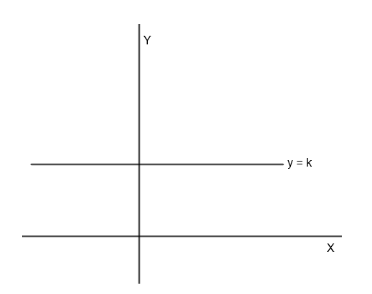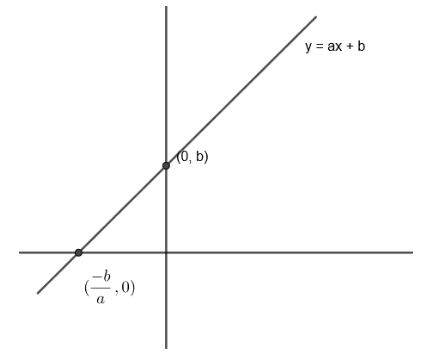Question
Question: Give examples of two one-one functions \[{{f}_{1}}\] and \[{{f}_{2}}\] from R to R such that \[{{f}_...
Give examples of two one-one functions f1 and f2 from R to R such that f1+f2:R→R defined by (f1+f2)(x)=f1(x)+f2(x) is not one-one.
Solution
Hint: For this question make f1(x)+f2(x)=constant as y = k is the easiest function which is not one-one. Take f1(x) and f2(x) as linear function in x such that f1(x)+f2(x) is constant.
Here we have to find two one-one functions f1 and f2 R to R such that (f1+f2)x=f1(x)+f2(x) is not one-one.
We know that one-one function is a function that maps distinct elements of its domain to distinct elements of its co-domain that is for a particular value of x, there is a particular value of y and that value of y should not repeat for any other value of x.
Now, we have to make f1(x)+f2(x) such that it is not one-one.
We know that f(x)=constant is the easiest function which is not one-one because its value of y keeps getting repeated for all values of x.

Therefore, we will choose f1(x) and f2(x) such that
f1(x)+f2(x)=k
Now, we are given that f1(x) and f2(x) must be one-one.
We know that the easiest one-one function is y=ax+b:R→R where a and b are constants as it gives different values of y for different values of x.
Therefore, we take f1(x)=9x+5.
Now to make f1(x)+f2(x) constant, 9x must disappear.
Therefore, we take f2(x)=−9x+8.

Therefore, we get f1(x)+f2(x)=(9x+5)+(−9x+8).
⇒f1(x)+f2(x)=13
Therefore, finally we get
f1(x)=9x+5
f2(x)=−9x+8
which are one-one functions.
Also, we get f1(x)+f2(x)=13 which is not a one-one function.
Note: Students could also check if a function is one-one or not by making the line on the graph of the function which is parallel to the x axis. If this line cuts the graph just 1 time then, it is one-one function, otherwise it is not one-one.
